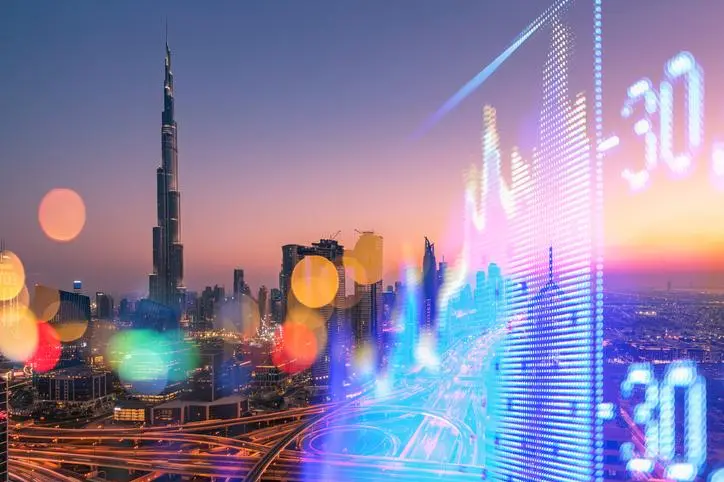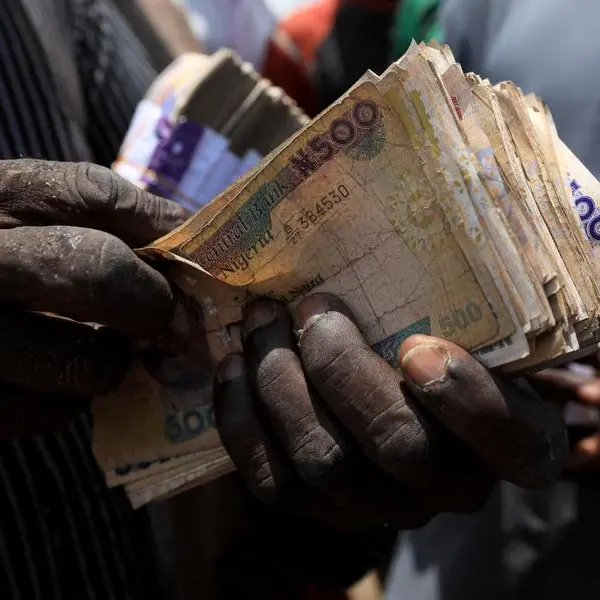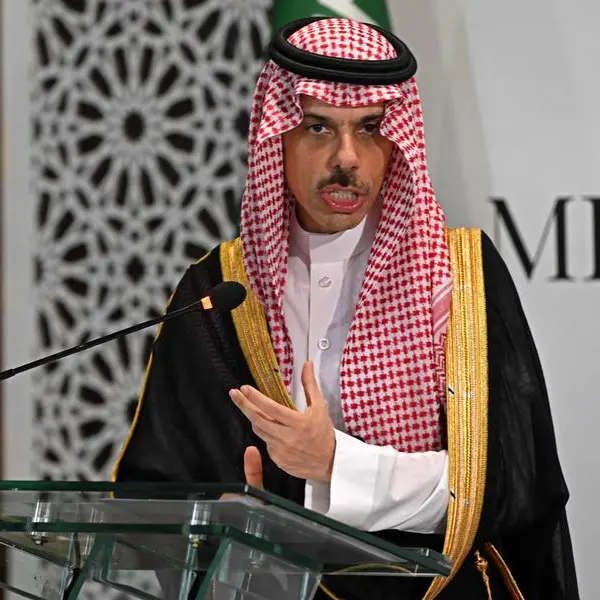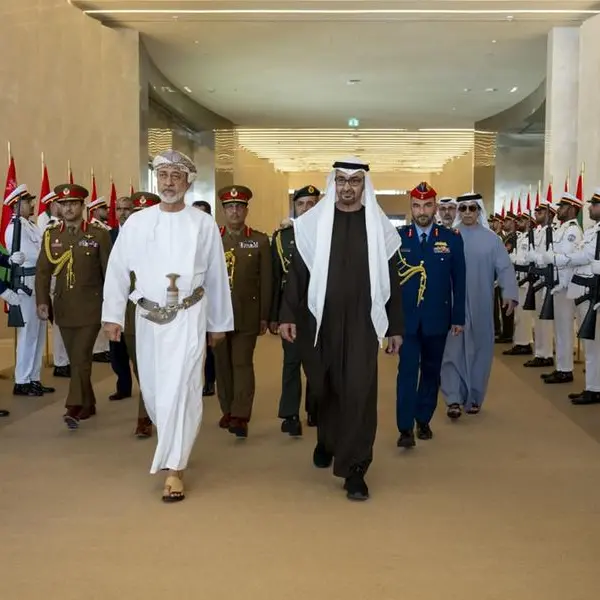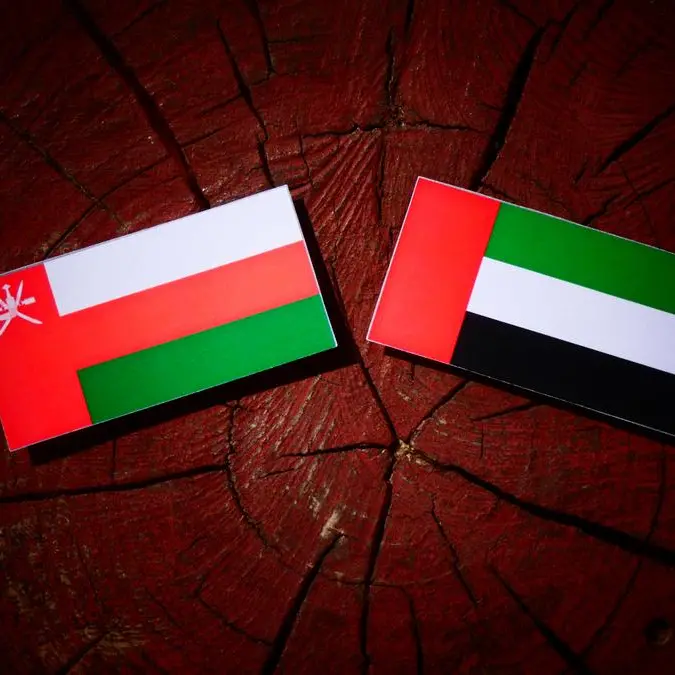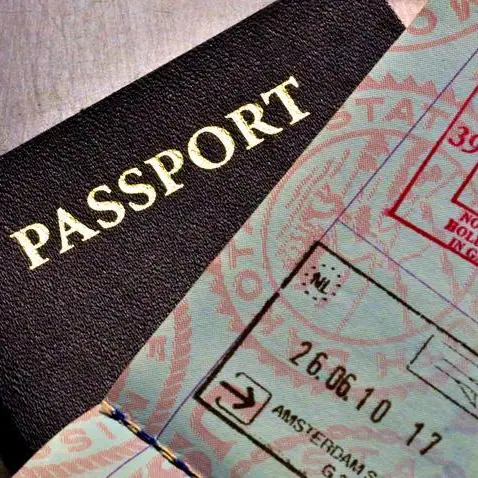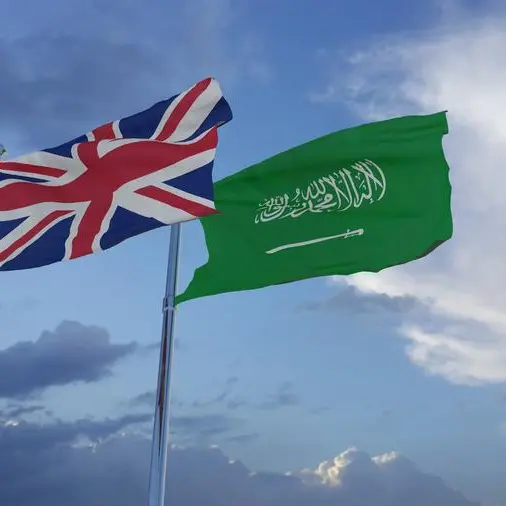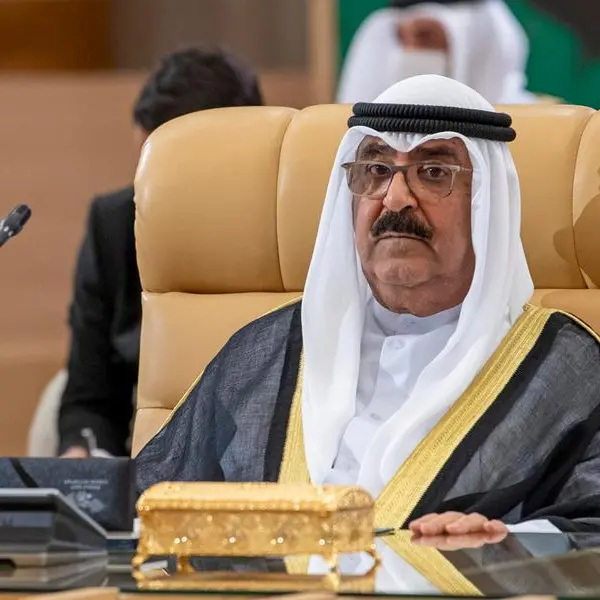PHOTO
The big challenge for the United Arab Emirates and the region is the transformation from an oil-based economy to one that is more broad-based, and according to the UN environment head, the UAE has achieved more than others.
“The Emirates is an amazing success story in terms of development,” UN Environment Executive Director, Erik Solheim told Arab News.
“It’s true that they have led to high emissions and environmental problems – as everywhere else undergoing development - however I am confident the government is now attacking this in a very determined way,” Solheim said.
The UAE has taken strides forward on climate change mitigation in recent years that are reflected by the establishment of the federal ministry of climate change and its commitment to the ratification of the Paris Agreement in 2015, which pledged not to just keep the increase in temperatures below 2C, but also to pursue efforts to limit it to 1.5C by 2018.
UN Environment Executive Director Erik Solheim, March 1, 2018, Dubai. (Photo: AN/ Rua'a Alameri)
During the Clean Air Forum held in Abu Dhabi last December it was announced that the majority of emissions being produced in the UAE could be traced back to the country’s energy sector, making up 74 percent of released emissions.
One of the contributing factors is the population growth and surge in income levels due to the economic boom the UAE witnessed in the past four decades, UAE Minister of Climate Change and Environment Thani bin Ahmed Al-Zeyoudi said last month. This led to a rise in non-sustainable production and consumption patterns, he said.
“The UAE has brought affluence to people at a high speed, so it means the challenge is big, but it has proved that it is a nation capable of adapting,” Solheim said.
In response, the UAE has put in place initiatives in order to control the effects of climate change, which include controlling emissions, reducing flaring of natural gas and increasing energy efficiency.
Solheim explained that for the region the main issue to focus on is shifting from a fossil fuel-based economy and secondly to introduce further the use of solar, wind and other renewable energies. This will have the benefit of both reducing pollution and climate change, he said.
In October 2017, Dubai Electricity and Water Authority (DEWA) launched a new project, as part of the Shams Dubai initiative, to install solar carports at their headquarters and at the Ministry of Climate Change and Environment buildings. The project aims to generate electricity using solar panels connected to DEWA’s network and is expected to reduce around 1,500 tonnes of carbon emissions annually to meet the goal set by the Dubai Supreme Council of Energy to cut 20 percent of the energy consumption in all government buildings, by 2020.
Plans were also announced last year for the world’s largest concentrated solar power project to be implemented in Dubai. The largest single-site project will generate 700 megawatts of power when completed, state news agency WAM reported.
Depending on average sunshine, it is estimated that one megawatt can power 164 homes.
It will also include the world’s tallest solar tower, standing 260 metres tall at Mohammed bin Rashid Al Maktoum Solar Park.
“The good news is that the price of solar and wind energy has fallen much more than the oil prices,” Solheim said, explaining that while in the past solar energy was less competitive but more environmentally friendly, it is now both better for the environment and in general terms the same or even lower priced than fossil fuel.
High costs had previously been a major obstacle prohibiting growth for the solar sector but prices have fallen. Solar PV modules are more than 80 percent cheaper than in 2009, and the cost of electricity from solar PV fell by almost three-quarters in 2010-2017 and continues to decline, according to the Abu Dhabi-based International Renewable Energy Agency, (Irena).
“That’s why you see solar and wind energy taking off in a completely new way,” Solheim said.
“Al-Futtaim also have big ambitions going into this…And when others follow, the price will continue to fall,” he said, referring to Al-Futtaim Group, the largest conglomerate operating in the UAE.
The UN environment head met to sign a memorandum of understanding (MoU) with Majid Al Futtaim on sustainable construction during his visit to the UAE on Thursday.
Al Futtaim group partnered with the United Nations Environment Programme to get advice on the best practice for sustainable development that is environmentally friendly.
“Construction is one of the main sectors for both climate emissions and other areas,” Solheim said. Other areas that construction affects include the mining processes used to source materials, the transportation of these materials to the building site, the construction process itself and the waste removal and disposal process that follows the completion of the project.
The UAE’s infrastructure is currently the most advanced in the GCC region with well-integrated transport systems and assembly of iconic structure, according to a report by Research and Markets titled UAE Construction Industry Outlook to 2020.
However, it is a sector of concern. Tall buildings in the UAE consume huge amounts of water and electricity to cope with overheating under the country’s weather conditions, and as such have become significant sources of major greenhouse gas emissions.
The UN Environment Programme reports that the building sector accounts for 30 to 40 percent of global energy use. However, in Abu Dhabi, buildings consume approximately 50 to 60 percent of electricity generated.
However, Solheim states that the UAE has a “lead role to play because it’s the most modern place in the West Asia.”
He explained that both the public and private sector must work together to insure a greener future to “make society better for humans and future generations.”
Copyright: Arab News © 2021 All rights reserved. Provided by SyndiGate Media Inc. (Syndigate.info).
